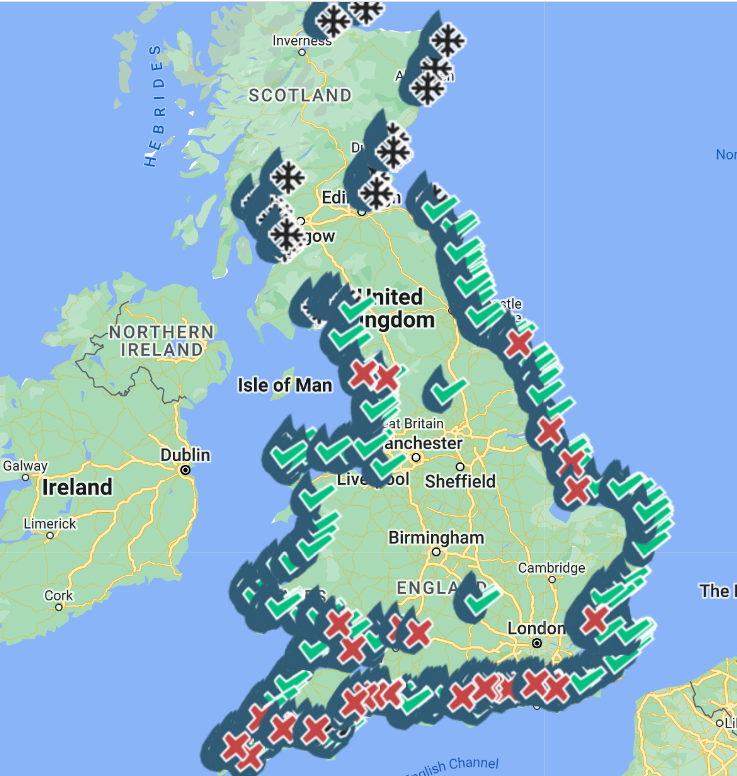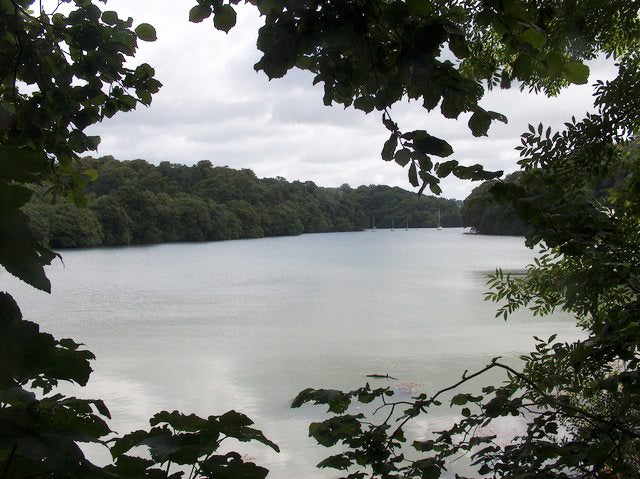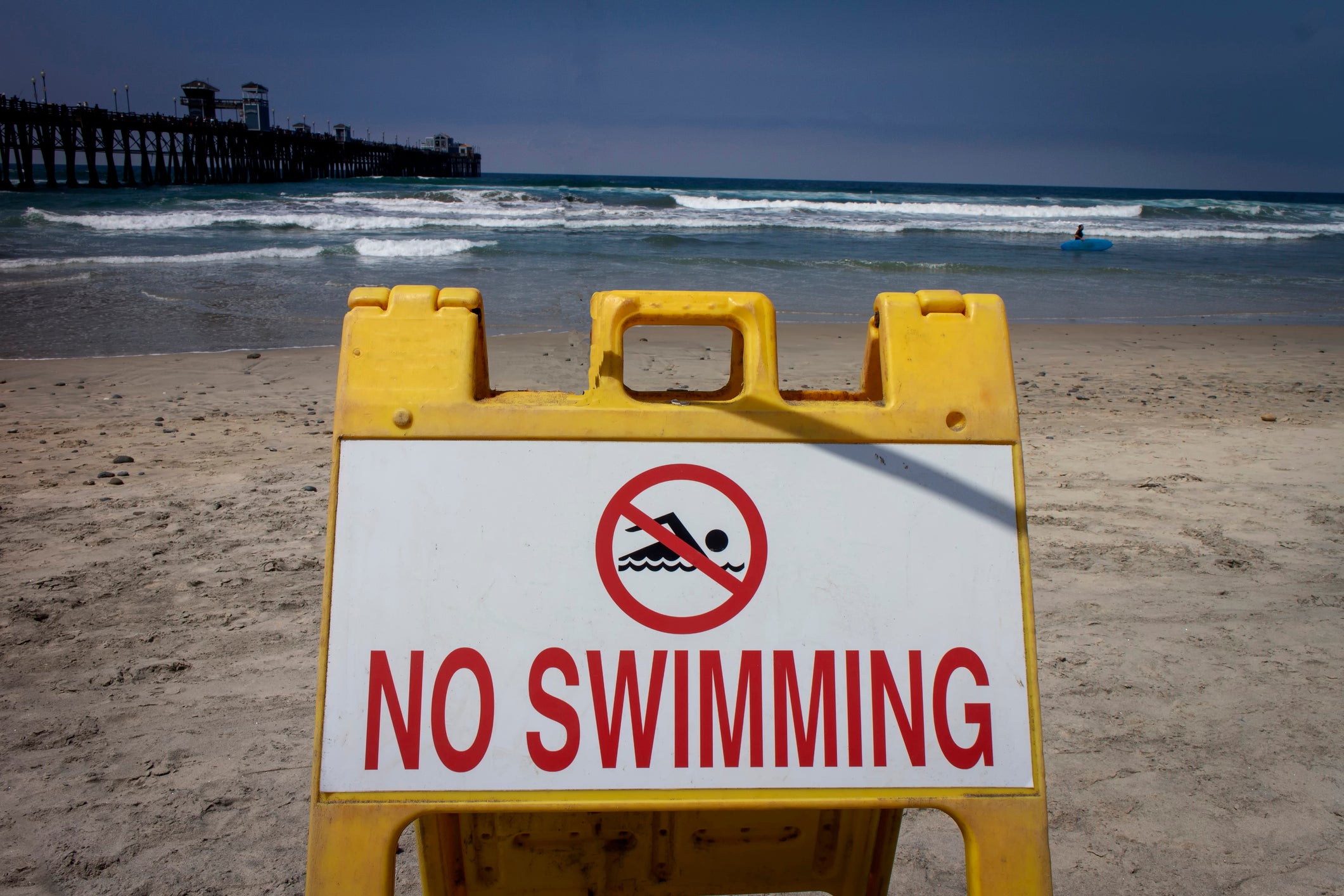England’s most polluted rivers as sewage pumped into waterways for 2.6m hours
Environmental crisis: As The Independent shines a spotlight on the challenges facing the UK, we look at the English rivers most polluted by sewage spills
Your support helps us to tell the story
From reproductive rights to climate change to Big Tech, The Independent is on the ground when the story is developing. Whether it's investigating the financials of Elon Musk's pro-Trump PAC or producing our latest documentary, 'The A Word', which shines a light on the American women fighting for reproductive rights, we know how important it is to parse out the facts from the messaging.
At such a critical moment in US history, we need reporters on the ground. Your donation allows us to keep sending journalists to speak to both sides of the story.
The Independent is trusted by Americans across the entire political spectrum. And unlike many other quality news outlets, we choose not to lock Americans out of our reporting and analysis with paywalls. We believe quality journalism should be available to everyone, paid for by those who can afford it.
Your support makes all the difference.Rivers that run through areas of outstanding natural beauty to bathing waters and support populations of salmon, sea trout and shellfish are among the most polluted in England, The Independent can reveal.
An analysis of Environment Agency data of sewage spills in England by wastewater firms in 2021 found that more than half of the 10 most polluted spots were located in holiday-destination counties Devon, Cornwall, and Cumbria.
Overall, sewage was pumped into England’s waterways for more than 2.6 million hours in 2021, down from around 3.1 million hours in 2020. At the worst affected sites, there were nearly 2,700 spills over more than 55,000 hours.
The data for the beginning of this year has not yet been released, but The Independent recently revealed that all wastewater companies in England and Wales have failed to meet their targets to tackle pollution or sewage floods in the year 2021-2022, and water companies have been critcised for failing to limit spills.
Have you been affected by water pollution? If so email: saphora.smith@independent.co.uk
The most polluted site in the country, based on the duration of spills, was on the River Fal, much of which sits within the Cornwall Area of Outstanding Natural Beauty.
Last year, storm overflows pumped wastewater into the river for nearly 7,500 hours – more than 10 months of the year.
Laurence Couldrick, chief executive of the Westcountry Rivers Trust, which covers the area, said the news was “dismaying” and it was likely the sewerage did not meet the capacity needed for the population.
He said while the data does not indicate the volume being discharged, a spill for 10 months of the year was “not acceptable”.

Another polluted spot is the Lune Estuary in Lancashire which supports shellfish waters and runs into bathing waters in Morecambe Bay.
Sewage was pumped into the water for 5,300 hours, but Environment Agency data showed the monitor there only worked 15 per cent of the time due to sensor failure, meaning the true amount could be significantly higher.
The other worst-affected spots were a tributary of the River Stowe, the Crummock Beck in Cumbria, the River Inny in Cornwall, the River Lew in Devon and the River Ellen in Cumbria that supports populations of salmon and sea trout.
Sites on the River Ribble that runs through Yorkshire and Lancashire, the River Lavant in West Sussex that supports shellfish in Chichester Harbour and the Blea Beck in Cumbria that runs into bathing waters also featured.

Jim McMahon, the shadow secretary of state for environment, food and rural affairs, said the revelations painted “a grim picture of the consequences of this Conservative government”.
“Families should be able to enjoy our areas of natural beauty without safety fears. Local businesses shouldn’t have to worry about government failure discouraging tourism and hitting their trade,” he said.
Richard Benwell, the chief executive of the Wildlife and Countryside Link, an environment coalition in England, said The Independent’s findings were a “devastating” illustration that sewage pollution isn’t the exception but a rule for England’s rivers.
“Thousands of hours’ worth of sewage pollution amounts to an unendurable assault on fragile ecosystems in some of the most beautiful and sensitive waters in the country,” he said. “This cannot continue if we are to meet the government’s promise to halt the decline of nature by 2030.”

Last week, the government announced a new plan to tackle sewage pollution in what it described as the “largest infrastructure programme in water company history to crack down on sewage spills and end pollution”.
Under the proposals, water companies will have to improve all storm overflows discharging into, or near, every designated bathing water site by 2035, and improve 75 per cent of overflows discharging to high-priority nature sites. By 2050, this will apply to all remaining storm overflows covered by targets, regardless of location.
But Mr Benwell said the plan would allow pollution to continue in a quarter of priority waters for wildlife for well over a decade.
“That goal must be brought forward to ensure that precious habitats like the Lune Estuary and the Fal are prioritised for recovery,” he said. “That means major new investment and stringent new penalties to ensure water companies finally take action.”
A spokesperson for the Department for Environment, Food and Rural Affairs said: “Sewage overflows are a Victorian infrastructure issue.
“We are the first government to take action to tackle it, and our plan represents the largest infrastructure programme in water company history. We have been clear the use of overflows is completely unacceptable.”







Join our commenting forum
Join thought-provoking conversations, follow other Independent readers and see their replies
Comments